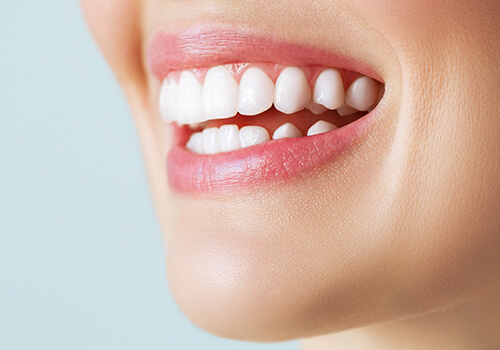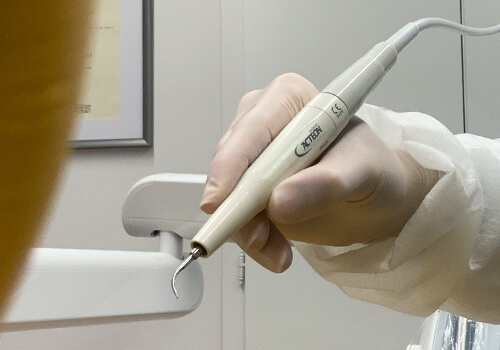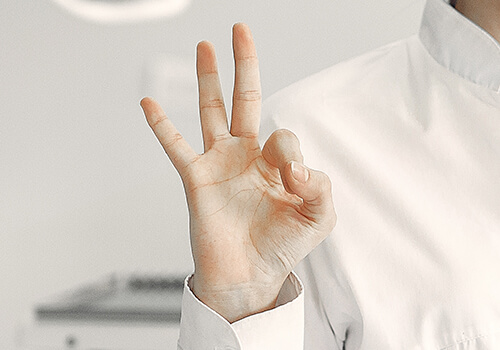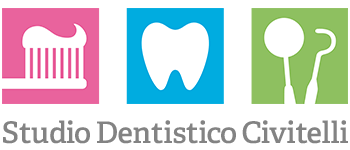Orthognatodontics
Orthodontics aims to restore the relationship between arches, the chewing functions, phonetics and breathing.
Orthodontic braces can be removable or fixed; removable braces are made of a plastic plate and wires. Throughout your treatment, the wires in the braces are tightened, guiding your teeth into the desired position. Fixed braces are made of brackets attached to the front of the tooth.
A flexible wire joins the brackets and allows the teeth to be moved. Brackets are usually visible and made of metal but, for aesthetical reasons, you can opt for brackets made of ceramic having the same colour as the tooth.
In both cases, teeth are not damaged, since the material used to attach the brackets to the teeth, releases fluoride that strengthens the enamel. orthodontics treatments can last two or more years depending on the seriousness of the anomalies, the dental evolution etc. There are no limits of age to undergo orthodontics treatments. More and more adults want to solve oral problems and/or prepare for prosthetic rehabilitations.
Our Tips

Prophylaxis Cleaning with calcium phosphates
We recommend regular applications of calcium phosphates-based products to maintain the correct enamel mineralisation and prevent caries, white spots, sensitive gums etc., especially during childhood.

Fill up tooth grooves with sealants
The OMS and the Department of Health recommend sealants to fill up the grooves in permanent molars and premolars to guarantee a better cleaning of children’s teeth occlusal surface and prevent the risk of bacterial infiltration and decay.
This procedure is painless and safe but must be carried out according to the correct timing of intervention.
The dentist will guide you in choosing the right moment to carry out this important form of prevention.

Periodic checks
We recommend at least six-monthly visits and professional hygiene sessions.
